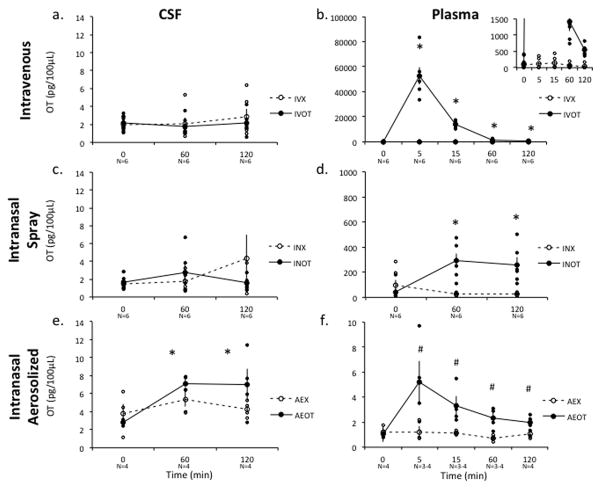Figure 1. Effect of AE, IN and IV OT on Central and Peripheral Oxytocin (OT) Levels.
AE-OT administration resulted in significant accumulation of OT in the lumbar CSF of rhesus monkeys, however neither IN-OT nor IV-OT resulted increases in CSF OT concentrations compared to either baseline (Time= 0) or placebo (X), as measured in lumbar CSF samples (a,c,e). However, IN, AE and IV routes of administration did increase plasma levels of OT compared to placebo treatments and over the pre-administration time points (b,d,f). Plasma concentrations of OT dramatically increased 100 fold after IN-OT administration and 1000 fold after IV-OT administration at both the 60 and 120 minute time points (b; inserted graph better depicts the elevated levels at later time points for the IV-OT with a narrowed scale relative to the larger graph). Raw data points for the treatment condition are depicted as closed circles and raw data points for the placebo condition are depicted as open circles. Bars indicate S.E.M. * Indicates a significant difference in OT levels in post-hoc comparisons with a probability of error <0.01. # Indicates a significant difference in OT levels in a post-hoc comparisons with a probability error of <0.05, which does not satisfy a Bonferroni correction. OT-Syntocinon condition; X-Placebo condition.

